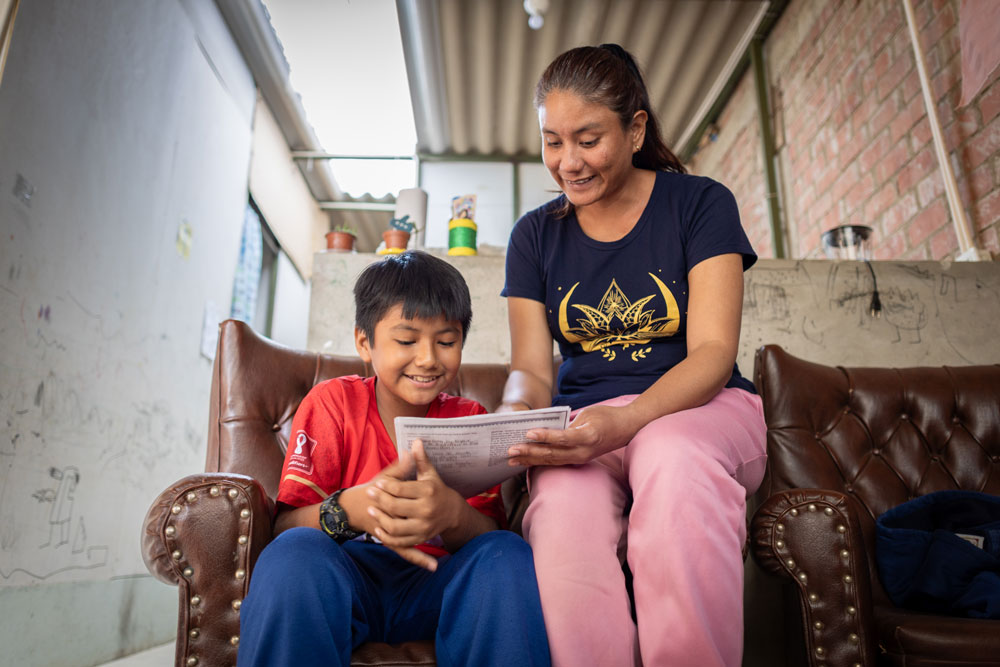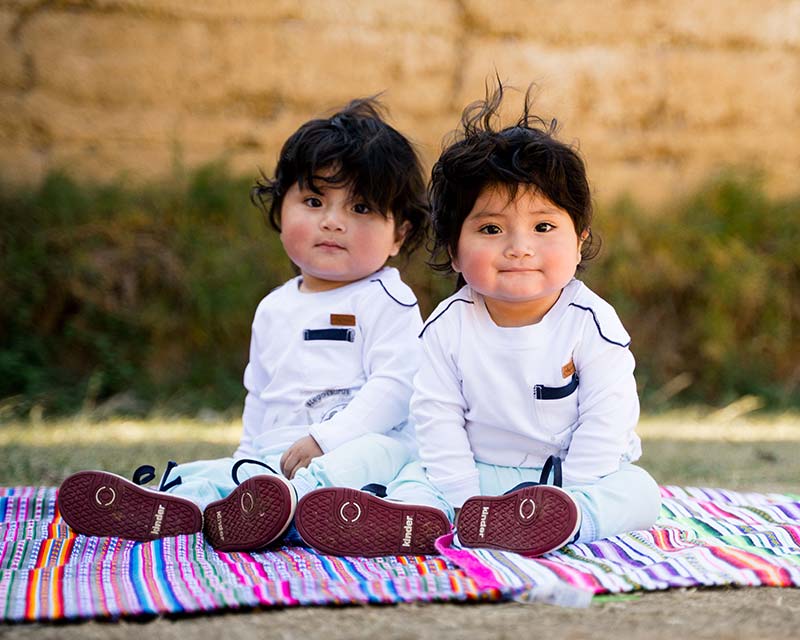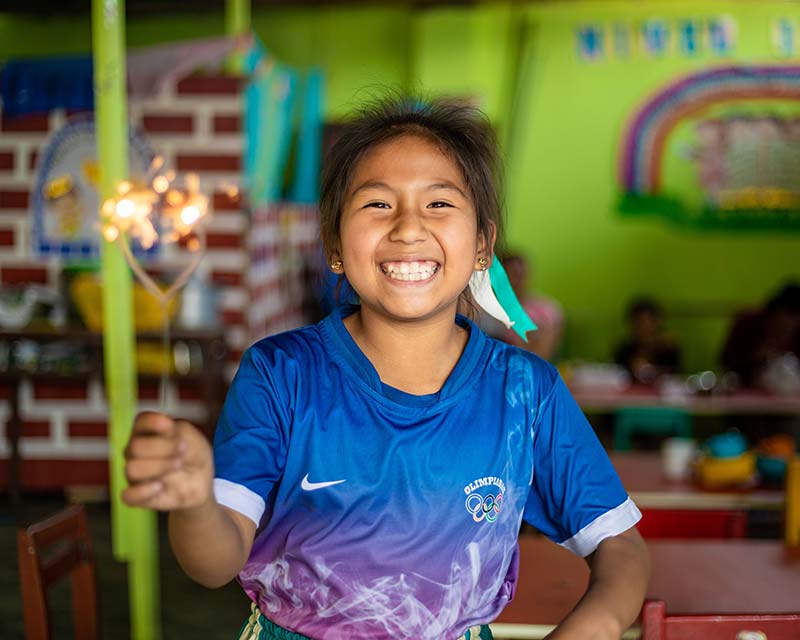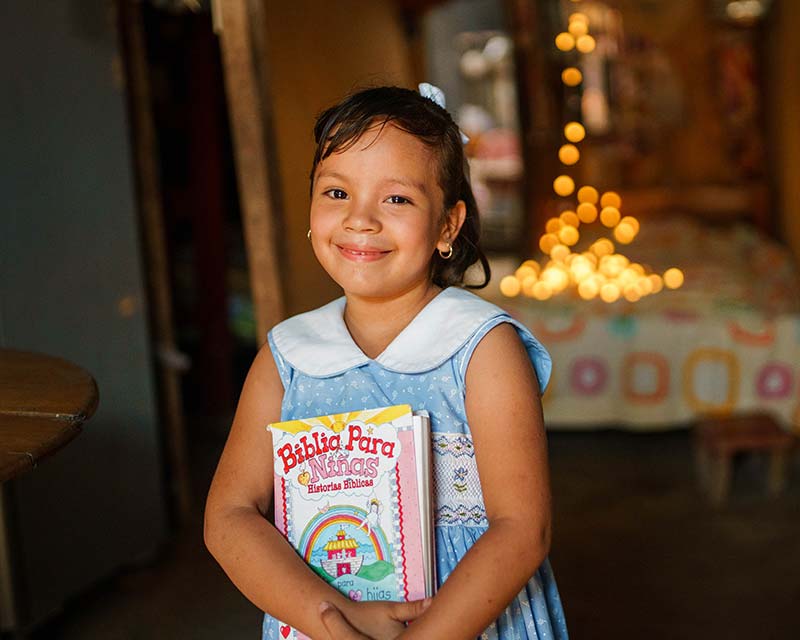Peru hosts many treasures, including the Amazon jungle, the ancient Incan ruins of Machu Picchu and palatial Spanish cathedrals. Andean markets are a hive of community activity and burst with colour—particularly the woven textiles and traditional clothing.
Over the past few decades, Peru’s poverty rate has dropped significantly. In 2000, 16.7 per cent of the population lived below the international poverty line. By 2021, this dropped to 3 per cent. Mining exports have fuelled much of the nation’s economic growth, as global demand for natural resources, such as silver and copper, has increased. But the nation’s heavy reliance on natural resource exports makes the country vulnerable to shocks in world prices.
Children face many hardships and issues related to poverty. 18.9 per cent of children between 5-13 years old work to help their families, sometimes in dangerous conditions in mines or on construction sites. Many families send their children to work out of desperation to put food on the table. Undernutrition and anaemia are areas of national concern for Peruvian children.
A lack of access to public services, coupled with the fact that rural youth predominantly speak an indigenous language, contributes to lower school enrolment of children in Peru’s rural areas. The rate of urbanisation in Peru has continued to increase as youth move to the cities in search of employment.
According to Peruvian anthropologist José Matos Mar, the increase in urbanisation, accompanied by the increase in educated youth from a variety of backgrounds in cities, has led to a reduction in racism and marginalisation based on ethnicity or cultural heritage. But these social stigmas haven’t disappeared entirely. Marginalisation still persists based on education level, poverty, gender and indigenous background. As a result, when rural youth migrate to Peru’s cities, they are increasingly unable to find work in the formal labour sector and resort to employment in the informal sector, where monitoring of work conditions and wages is likely to remain low.
Yet our local church partners are best placed to meet the needs of children in their communities, ensuring they have opportunities to rise above poverty and reach their God-given potential.
READ MOREkeyboard_arrow_down
READ LESSkeyboard_arrow_up






